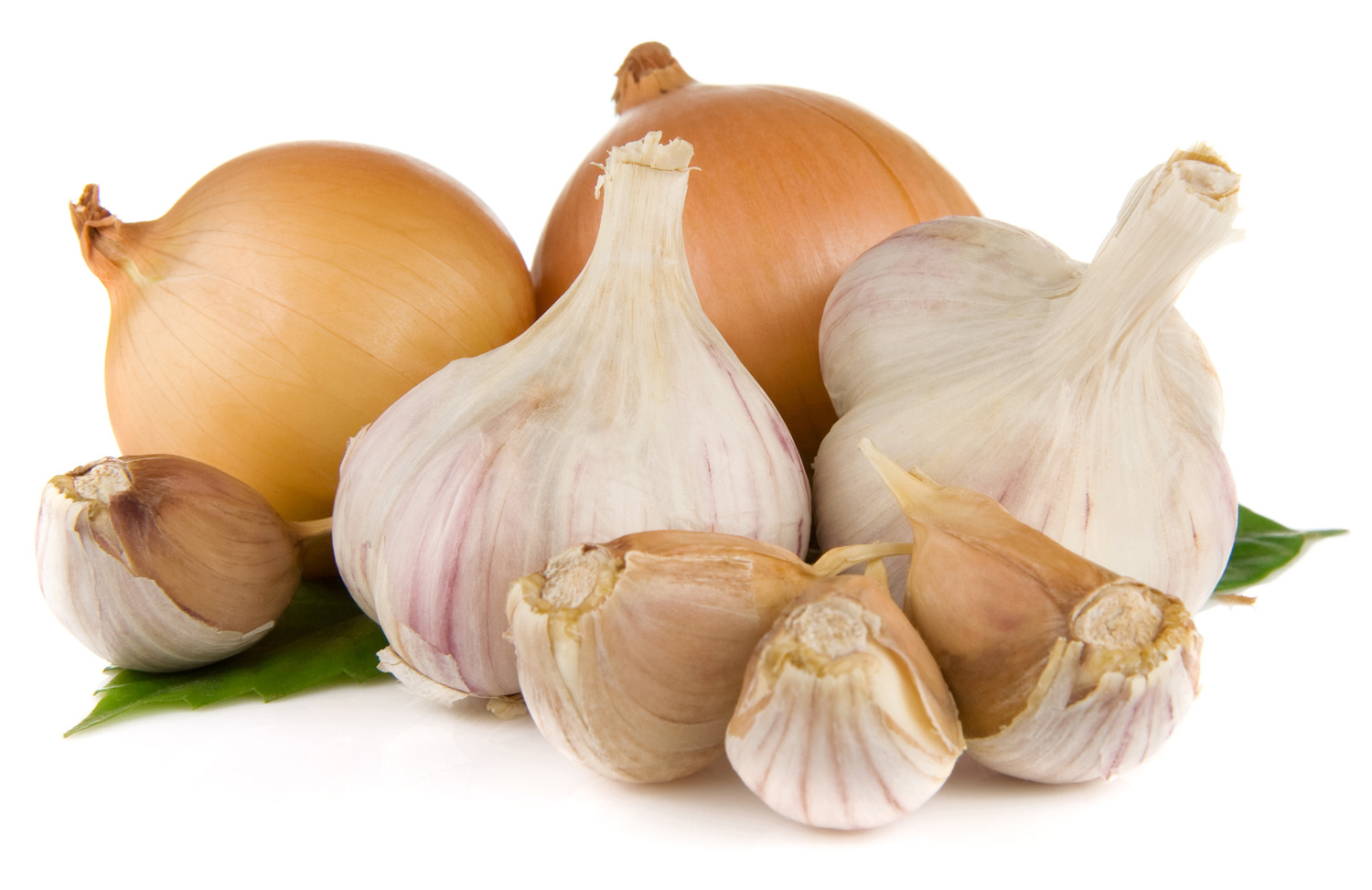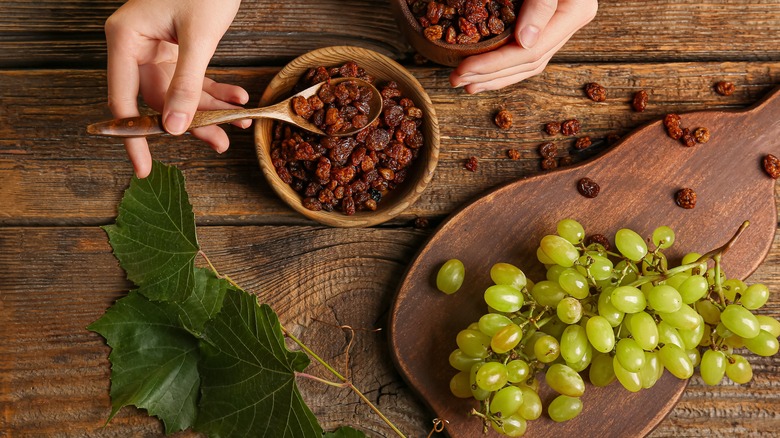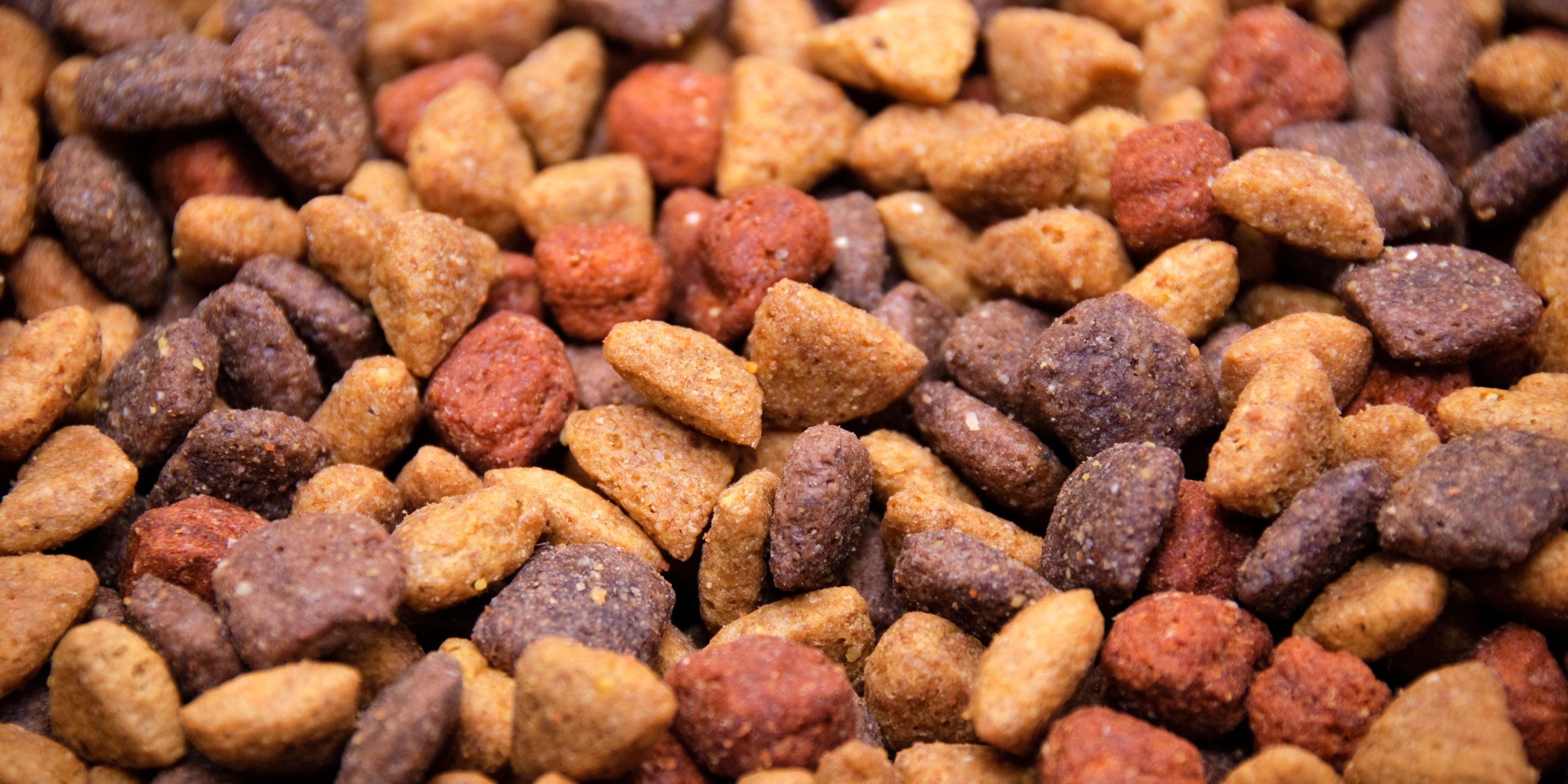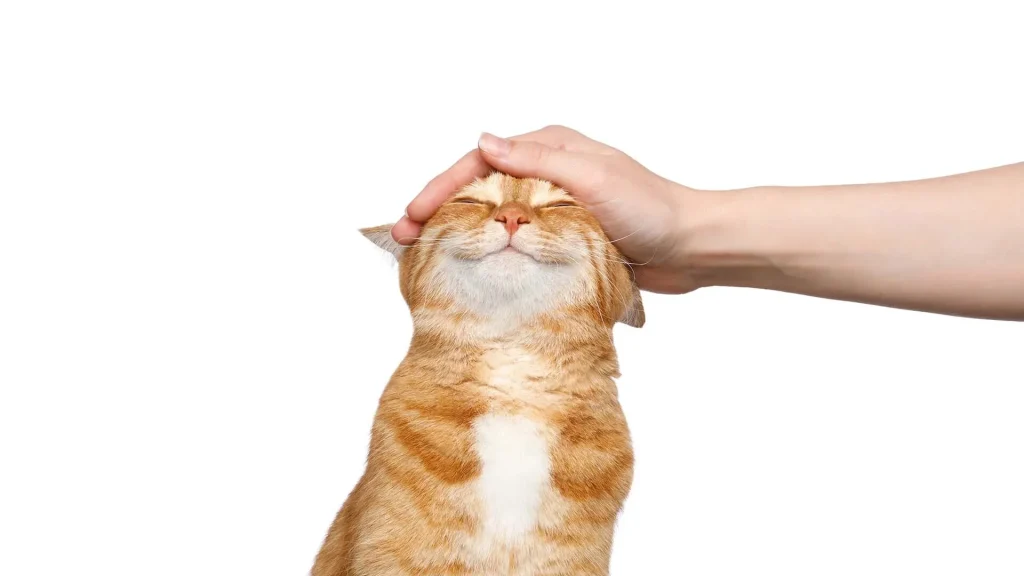Cats are curious creatures by nature. With their playful personalities and affectionate behavior, it’s easy to treat them like family—and for many people, they are. However, as much as we enjoy sharing our lives (and sometimes meals) with them, it’s crucial to remember that a cat’s digestive system is very different from ours. What’s tasty or harmless to a human could be toxic, even deadly, to a cat.
In this article, we’ll explore the top foods that cats should avoid, why they’re dangerous, and how you can protect your furry friend from accidental harm.
1. Onions and Garlic

Why it’s dangerous:
Onions, garlic, shallots, and leeks—whether raw, cooked, powdered, or dehydrated—contain compounds that can damage a cat’s red blood cells, leading to anemia. Even small amounts can be toxic over time, especially with repeated exposure.
Symptoms of poisoning include:
- Lethargy
- Pale gums
- Weakness
- Vomiting
- Difficulty breathing
Pro Tip: Check the ingredients of any human food before offering a bite to your cat. Many dishes contain onion or garlic powder even if not obvious.
2. Chocolate and Caffeine

Why it’s dangerous:
Chocolate contains theobromine and caffeine, both of which are toxic to cats. The darker the chocolate, the more dangerous it is. Even small quantities can lead to heart problems, seizures, or death.
Symptoms include:
- Hyperactivity
- Vomiting and diarrhea
- Muscle tremors
- Elevated heart rate
Pro Tip: Always store chocolate and coffee in sealed containers, out of reach from your pet.
3. Alcohol and Raw Dough

Why it’s dangerous:
Just like in humans, alcohol affects the liver and brain in cats—but because of their small size, even a tiny amount can be fatal. Raw dough, which contains yeast, can expand in the cat’s stomach and produce alcohol as it ferments.
Symptoms include:
- Disorientation
- Vomiting
- Difficulty breathing
- Tremors or seizures
Pro Tip: Never leave uncooked bread or pizza dough unattended if your cat is nearby.
4. Milk and Dairy Products

Why it’s dangerous:
Contrary to popular belief, most adult cats are lactose intolerant. Giving your cat milk, cheese, or cream can lead to digestive upset, including diarrhea and gas.
Pro Tip: If you want to treat your cat to something creamy, opt for lactose-free cat milk sold at pet stores.
5. Raw Meat, Fish, and Eggs

Why it’s dangerous:
While it may seem “natural” to give your cat raw meat or fish, doing so increases the risk of salmonella, E. coli, and Listeria infections. Raw eggs contain avidin, an enzyme that interferes with vitamin B absorption and can lead to skin and coat problems.
Symptoms of infection include:
- Fever
- Vomiting
- Diarrhea
- Loss of appetite
Pro Tip: Always cook meat, fish, or eggs thoroughly if you’re preparing homemade food for your cat.
6. Bones and Fat Trimmings
.jpg)
Why it’s dangerous:
Bones, especially cooked ones, can splinter and cause choking, intestinal blockage, or even tears in the digestive tract. Excess fat, even from cooked meats, can lead to pancreatitis, a painful and potentially fatal condition.
Pro Tip: Stick to veterinarian-approved treats designed for safe chewing and digestion.
7. Grapes and Raisins

Why it’s dangerous:
Though the exact toxic substance is still unknown, grapes and raisins have been linked to kidney failure in cats (and dogs). A single grape or raisin can be dangerous for some pets.
Symptoms include:
- Vomiting
- Diarrhea
- Lethargy
- Decreased urination
Pro Tip: Never leave trail mix, oatmeal cookies with raisins, or fruit salads unattended around your cat.
8. Dog Food

Why it’s dangerous:
While eating dog food once or twice won’t likely cause serious harm, regular consumption can lead to malnutrition in cats. Cats require higher levels of protein, taurine, and specific vitamins like vitamin A and arachidonic acid, which are not adequately present in dog food.
Pro Tip: Feed your pets species-appropriate diets, and don’t mix them up—even when they beg for it!
9. Tuna (Too Much of It)
Why it’s dangerous:
Cats love tuna, but too much—especially canned tuna meant for humans—can lead to mercury poisoning and nutritional imbalances. It may also cause your cat to reject other healthier food options, becoming a picky eater.
Symptoms of mercury toxicity include:
- Loss of coordination
- Tremors
- Seizures
Pro Tip: Tuna-flavored cat food is fine in moderation, but it should not be the main staple of their diet.
10. Xylitol (Found in Sugar-Free Foods)
Why it’s dangerous:
Xylitol is a sugar substitute found in gum, toothpaste, and some peanut butters. While most research focuses on dogs, it’s best to avoid xylitol entirely in feline diets due to its potential to cause hypoglycemia and liver failure.
Pro Tip: Always check product labels, especially if you’re using peanut butter to hide medication.
Conclusion: Prevention is the Best Cure
Being a responsible cat owner means more than just feeding your pet on time. Understanding what foods are dangerous helps you avoid accidental poisonings and ensures your furry friend stays healthy and happy. If your cat ever consumes something suspicious, contact your veterinarian or local animal poison control hotline immediately.
Keep this list handy, and always supervise your cat around human food. After all, a safe cat is a happy cat!
Related Articles:














